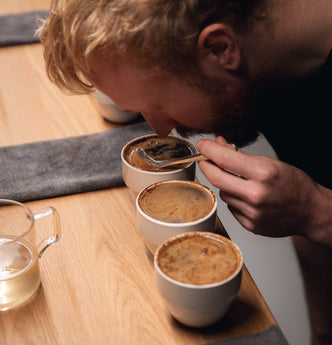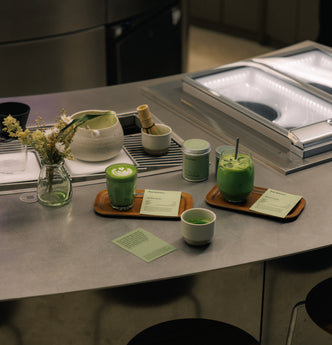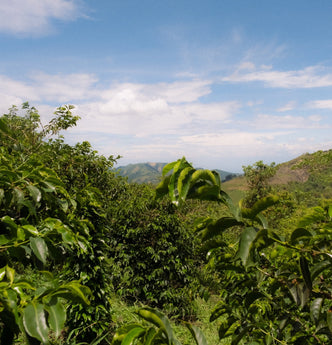Spotlight.
Cupping at WatchHouse
October 29, 2020
Written by WatchHouse .



In this article we take you deeper into our quality control processes, discussing with our Head of Coffee Ryan the important details surrounding how we cup our current and potential new coffees to ensure we are constantly evolving our offering.
How do you create the perfect environment for tasting coffee?
For me, it’s like setting the stage and putting all focus on the cups in front of us. Closing the doors, setting the lights on the table and keeping the space free of any odours and invasive sounds.
Cupping is our opportunity to select the right coffee or correct roast profile, and a lapse in focus means we could miss a key point. This is why we are quite insistent on not allowing anyone to disturb during cupping, a bit like a meeting right? It’s easy to lose our train of thought and assessing coffee really isn’t that easy.
How do you prepare the coffee before tasting?
When assessing coffee in the lab, it is about looking at either terroir or roasting differences and not extraction. This means we are meticulous in the weighing of coffee and water, the temperature and the timing of pouring and brewing. We eliminate to the highest degree any extraction differences allowing us to be accurate and well informed in our decisions. We don’t want to disregard a coffee or make a bad roast profiling decision because we were misdirected by a difference in extraction.
Talk us through the cupping process.
We weigh and prepare 3 bowls with 11g of ground coffee for every sample we are assessing, with a maximum of 6 coffees (18 bowls) for any given cupping and then assess the aromatic qualities or dry fragrance as it is known
We then, using large 3.5L kettles, add 200g of water to every bowl. The large kettle is important as the mass allows it to maintain a more consistent thermal energy from cup 1 to 18, allowing for a more consistent result. We also time 15 seconds between the pour of each bowl, as this allows us to be consistent when it comes to extraction.
At 4:00 we begin the process of breaking, which is taking our spoon and moving 3 times north to south causing the crust of coffee formed on top to sink. In line with our pouring, we take a 15 second gap in between each break, as when we sink that crust, the rate of extraction and drop of temperature will start to change.
Then, taking 2 spoons we skim the tops of the bowls just to clean them totally before assessment.
Then we let the bowls cool down until 12:00 because they are comfortably palatable and also at this temperature the extraction has slowed down meaning the cup isn’t continuing to change due to extraction and we can focus on quality.
What measures a e used to assess the quality of a coffee?
Consistency is crucial to us so that we can deliver to our baristas a reliable coffee that behaves as they predict and similarly so our customers can have a repeatable experience at home which is why we assess 3 cups of every coffee we sample.
After consistency, we are looking at the overall quality of the coffee, its flavours, balance and tactile qualities to understand how it may fit into our offering.
Finally, we discuss more holistically how this coffee would be experienced by our team and consumers. Will the roastery enjoy working with this coffee? Will it translate to the bar as an espresso or a filter? Will our baristas be able to dial-in this coffee efficiently and make repeatable coffees? Will home brewers find the flavours of this coffee positive and be able to create and identify them at home as we do in the lab?
View our coffee range here.


